Przemysław Kazienko
Eagle and Finch: RWKV with Matrix-Valued States and Dynamic Recurrence
Apr 10, 2024



Abstract:We present Eagle (RWKV-5) and Finch (RWKV-6), sequence models improving upon the RWKV (RWKV-4) architecture. Our architectural design advancements include multi-headed matrix-valued states and a dynamic recurrence mechanism that improve expressivity while maintaining the inference efficiency characteristics of RNNs. We introduce a new multilingual corpus with 1.12 trillion tokens and a fast tokenizer based on greedy matching for enhanced multilinguality. We trained four Eagle models, ranging from 0.46 to 7.5 billion parameters, and two Finch models with 1.6 and 3.1 billion parameters and find that they achieve competitive performance across a wide variety of benchmarks. We release all our models on HuggingFace under the Apache 2.0 license. Models at: https://huggingface.co/RWKV Training code at: https://github.com/RWKV/RWKV-LM Inference code at: https://github.com/RWKV/ChatRWKV Time-parallel training code at: https://github.com/RWKV/RWKV-infctx-trainer
Into the Unknown: Self-Learning Large Language Models
Feb 14, 2024Abstract:We address the main problem of self-learning LLM: the question of what to learn. We propose a self-learning LLM framework that enables an LLM to independently learn previously unknown knowledge through self-assessment of their own hallucinations. Using the hallucination score, we introduce a new concept of Points in The Unknown (PiUs), along with one extrinsic and three intrinsic methods for automatic PiUs identification. It facilitates the creation of a self-learning loop that focuses exclusively on the knowledge gap in Points in The Unknown, resulting in a reduced hallucination score. We also developed evaluation metrics for gauging an LLM's self-learning capability. Our experiments revealed that 7B-Mistral models that have been finetuned or aligned are capable of self-learning considerably well. Our self-learning concept allows more efficient LLM updates and opens new perspectives for knowledge exchange. It may also increase public trust in AI.
Personalized Large Language Models
Feb 14, 2024



Abstract:Large language models (LLMs) have significantly advanced Natural Language Processing (NLP) tasks in recent years. However, their universal nature poses limitations in scenarios requiring personalized responses, such as recommendation systems and chatbots. This paper investigates methods to personalize LLMs, comparing fine-tuning and zero-shot reasoning approaches on subjective tasks. Results demonstrate that personalized fine-tuning improves model reasoning compared to non-personalized models. Experiments on datasets for emotion recognition and hate speech detection show consistent performance gains with personalized methods across different LLM architectures. These findings underscore the importance of personalization for enhancing LLM capabilities in subjective text perception tasks.
From Generalized Laughter to Personalized Chuckles: Unleashing the Power of Data Fusion in Subjective Humor Detection
Dec 18, 2023Abstract:The vast area of subjectivity in Natural Language Processing (NLP) poses a challenge to the solutions typically used in generalized tasks. As exploration in the scope of generalized NLP is much more advanced, it implies the tremendous gap that is still to be addressed amongst all feasible tasks where an opinion, taste, or feelings are inherent, thus creating a need for a solution, where a data fusion could take place. We have chosen the task of funniness, as it heavily relies on the sense of humor, which is fundamentally subjective. Our experiments across five personalized and four generalized datasets involving several personalized deep neural architectures have shown that the task of humor detection greatly benefits from the inclusion of personalized data in the training process. We tested five scenarios of training data fusion that focused on either generalized (majority voting) or personalized approaches to humor detection. The best results were obtained for the setup, in which all available personalized datasets were joined to train the personalized reasoning model. It boosted the prediction performance by up to approximately 35% of the macro F1 score. Such a significant gain was observed for all five personalized test sets. At the same time, the impact of the model's architecture was much less than the personalization itself. It seems that concatenating personalized datasets, even with the cost of normalizing the range of annotations across all datasets, if combined with the personalized models, results in an enormous increase in the performance of humor detection.
Towards Model-Based Data Acquisition for Subjective Multi-Task NLP Problems
Dec 13, 2023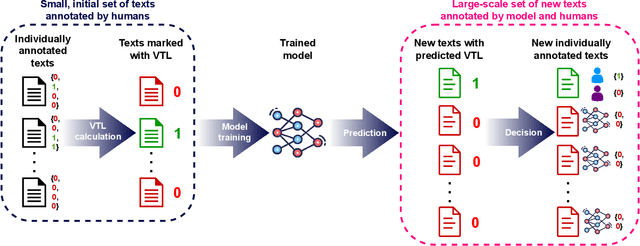
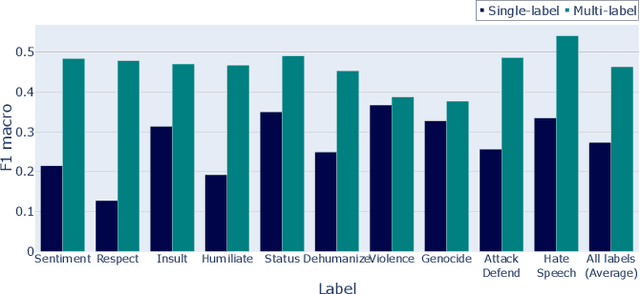
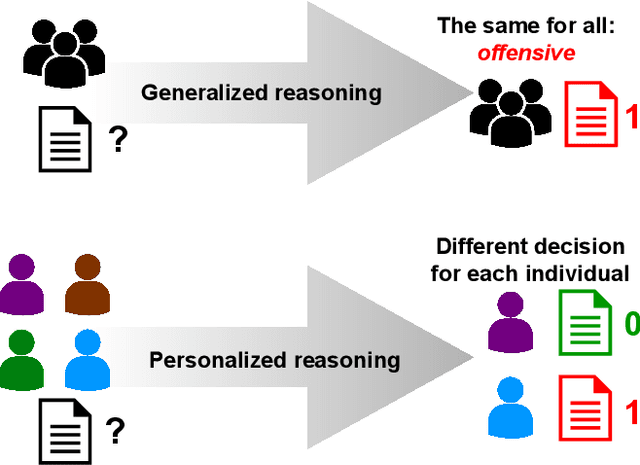
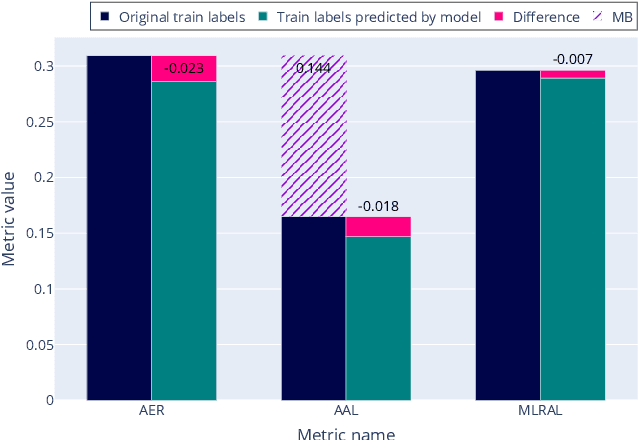
Abstract:Data annotated by humans is a source of knowledge by describing the peculiarities of the problem and therefore fueling the decision process of the trained model. Unfortunately, the annotation process for subjective natural language processing (NLP) problems like offensiveness or emotion detection is often very expensive and time-consuming. One of the inevitable risks is to spend some of the funds and annotator effort on annotations that do not provide any additional knowledge about the specific task. To minimize these costs, we propose a new model-based approach that allows the selection of tasks annotated individually for each text in a multi-task scenario. The experiments carried out on three datasets, dozens of NLP tasks, and thousands of annotations show that our method allows up to 40% reduction in the number of annotations with negligible loss of knowledge. The results also emphasize the need to collect a diverse amount of data required to efficiently train a model, depending on the subjectivity of the annotation task. We also focused on measuring the relation between subjective tasks by evaluating the model in single-task and multi-task scenarios. Moreover, for some datasets, training only on the labels predicted by our model improved the efficiency of task selection as a self-supervised learning regularization technique.
Modeling Uncertainty in Personalized Emotion Prediction with Normalizing Flows
Dec 10, 2023Abstract:Designing predictive models for subjective problems in natural language processing (NLP) remains challenging. This is mainly due to its non-deterministic nature and different perceptions of the content by different humans. It may be solved by Personalized Natural Language Processing (PNLP), where the model exploits additional information about the reader to make more accurate predictions. However, current approaches require complete information about the recipients to be straight embedded. Besides, the recent methods focus on deterministic inference or simple frequency-based estimations of the probabilities. In this work, we overcome this limitation by proposing a novel approach to capture the uncertainty of the forecast using conditional Normalizing Flows. This allows us to model complex multimodal distributions and to compare various models using negative log-likelihood (NLL). In addition, the new solution allows for various interpretations of possible reader perception thanks to the available sampling function. We validated our method on three challenging, subjective NLP tasks, including emotion recognition and hate speech. The comparative analysis of generalized and personalized approaches revealed that our personalized solutions significantly outperform the baseline and provide more precise uncertainty estimates. The impact on the text interpretability and uncertainty studies are presented as well. The information brought by the developed methods makes it possible to build hybrid models whose effectiveness surpasses classic solutions. In addition, an analysis and visualization of the probabilities of the given decisions for texts with high entropy of annotations and annotators with mixed views were carried out.
Scaling Representation Learning from Ubiquitous ECG with State-Space Models
Sep 26, 2023Abstract:Ubiquitous sensing from wearable devices in the wild holds promise for enhancing human well-being, from diagnosing clinical conditions and measuring stress to building adaptive health promoting scaffolds. But the large volumes of data therein across heterogeneous contexts pose challenges for conventional supervised learning approaches. Representation Learning from biological signals is an emerging realm catalyzed by the recent advances in computational modeling and the abundance of publicly shared databases. The electrocardiogram (ECG) is the primary researched modality in this context, with applications in health monitoring, stress and affect estimation. Yet, most studies are limited by small-scale controlled data collection and over-parameterized architecture choices. We introduce \textbf{WildECG}, a pre-trained state-space model for representation learning from ECG signals. We train this model in a self-supervised manner with 275,000 10s ECG recordings collected in the wild and evaluate it on a range of downstream tasks. The proposed model is a robust backbone for ECG analysis, providing competitive performance on most of the tasks considered, while demonstrating efficacy in low-resource regimes. The code and pre-trained weights are shared publicly at https://github.com/klean2050/tiles_ecg_model.
ChatGPT: Jack of all trades, master of none
Feb 21, 2023



Abstract:OpenAI has released the Chat Generative Pre-trained Transformer (ChatGPT) and revolutionized the approach in artificial intelligence to human-model interaction. The first contact with the chatbot reveals its ability to provide detailed and precise answers in various areas. There are several publications on ChatGPT evaluation, testing its effectiveness on well-known natural language processing (NLP) tasks. However, the existing studies are mostly non-automated and tested on a very limited scale. In this work, we examined ChatGPT's capabilities on 25 diverse analytical NLP tasks, most of them subjective even to humans, such as sentiment analysis, emotion recognition, offensiveness and stance detection, natural language inference, word sense disambiguation, linguistic acceptability and question answering. We automated ChatGPT's querying process and analyzed more than 38k responses. Our comparison of its results with available State-of-the-Art (SOTA) solutions showed that the average loss in quality of the ChatGPT model was about 25% for zero-shot and few-shot evaluation. We showed that the more difficult the task (lower SOTA performance), the higher the ChatGPT loss. It especially refers to pragmatic NLP problems like emotion recognition. We also tested the ability of personalizing ChatGPT responses for selected subjective tasks via Random Contextual Few-Shot Personalization, and we obtained significantly better user-based predictions. Additional qualitative analysis revealed a ChatGPT bias, most likely due to the rules imposed on human trainers by OpenAI. Our results provide the basis for a fundamental discussion of whether the high quality of recent predictive NLP models can indicate a tool's usefulness to society and how the learning and validation procedures for such systems should be established.
Emotion Recognition Using Wearables: A Systematic Literature Review Work in progress
Jan 15, 2020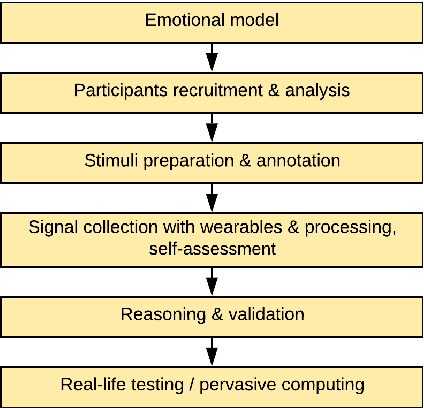
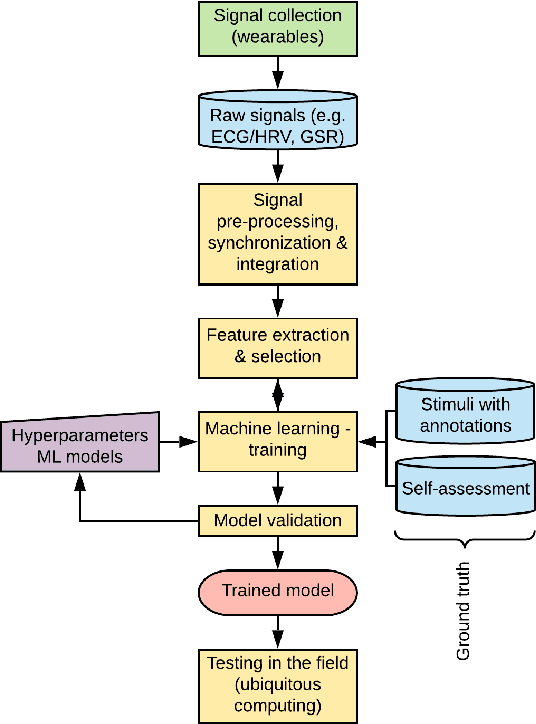


Abstract:Wearables like smartwatches or wrist bands equipped with pervasive sensors enable us to monitor our physiological signals. In this study, we address the question whether they can help us to recognize our emotions in our everyday life for ubiquitous computing. Using the systematic literature review, we identified crucial research steps and discussed the main limitations and problems in the domain.
Comprehensive Analysis of Aspect Term Extraction Methods using Various Text Embeddings
Sep 11, 2019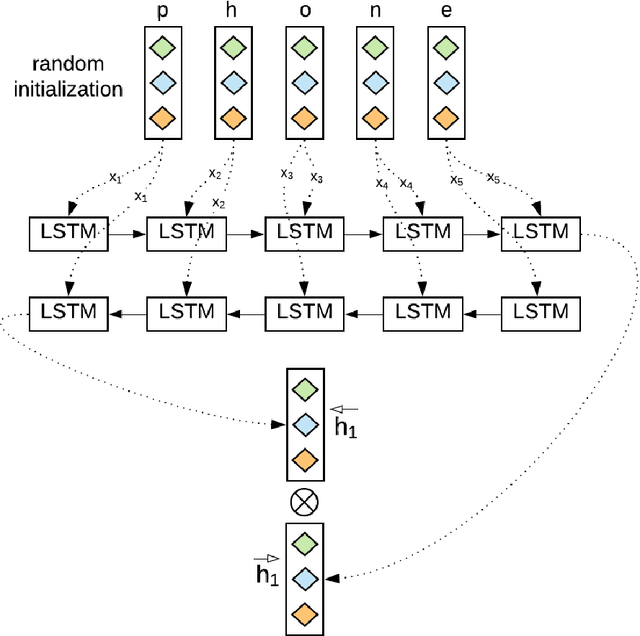
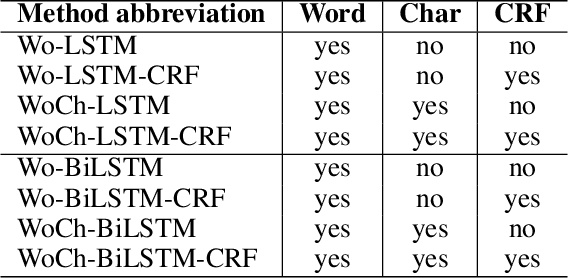
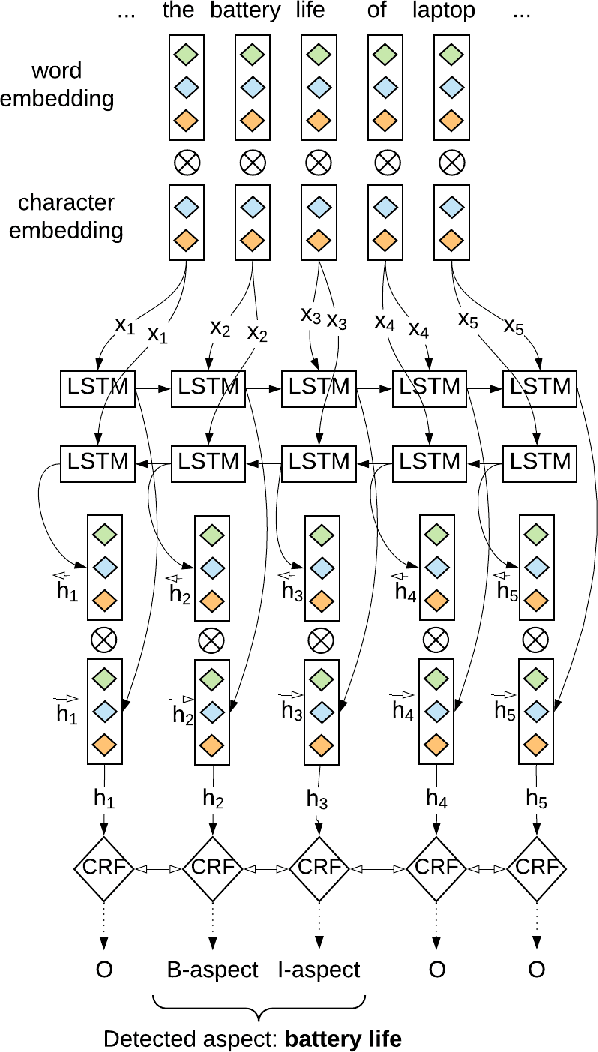
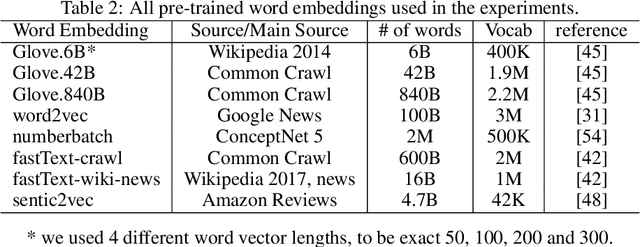
Abstract:Recently, a variety of model designs and methods have blossomed in the context of the sentiment analysis domain. However, there is still a lack of wide and comprehensive studies of aspect-based sentiment analysis (ABSA). We want to fill this gap and propose a comparison with ablation analysis of aspect term extraction using various text embedding methods. We particularly focused on architectures based on long short-term memory (LSTM) with optional conditional random field (CRF) enhancement using different pre-trained word embeddings. Moreover, we analyzed the influence on the performance of extending the word vectorization step with character embedding. The experimental results on SemEval datasets revealed that not only does bi-directional long short-term memory (BiLSTM) outperform regular LSTM, but also word embedding coverage and its source highly affect aspect detection performance. An additional CRF layer consistently improves the results as well.
 Add to Chrome
Add to Chrome Add to Firefox
Add to Firefox Add to Edge
Add to Edge